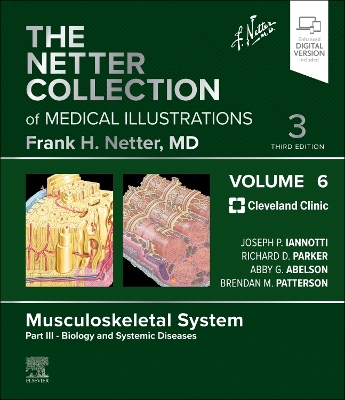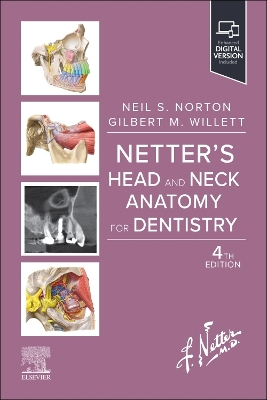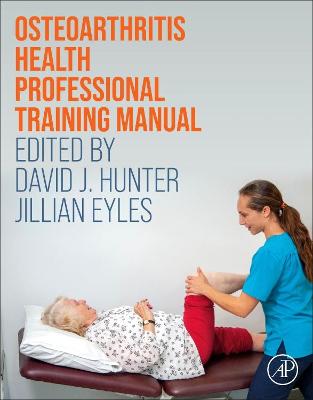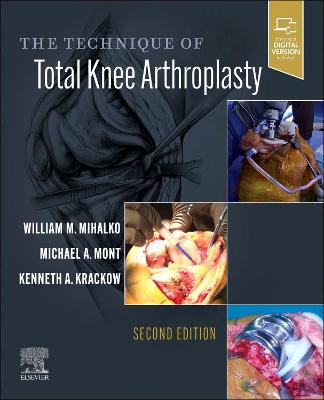Netter Collection of Medical Illustrations: Musculoskeletal System, Volume 6, Part III - Biology and Systemic Diseases
 -10%
portes grátis
-10%
portes grátis
Netter Collection of Medical Illustrations: Musculoskeletal System, Volume 6, Part III - Biology and Systemic Diseases
Iannotti, Joseph; Parker, Richard; Abelson, Abby; Patterson, Brendan; Mroz, Tom
Elsevier - Health Sciences Division
05/2024
368
Dura
9780323880879
15 a 20 dias







